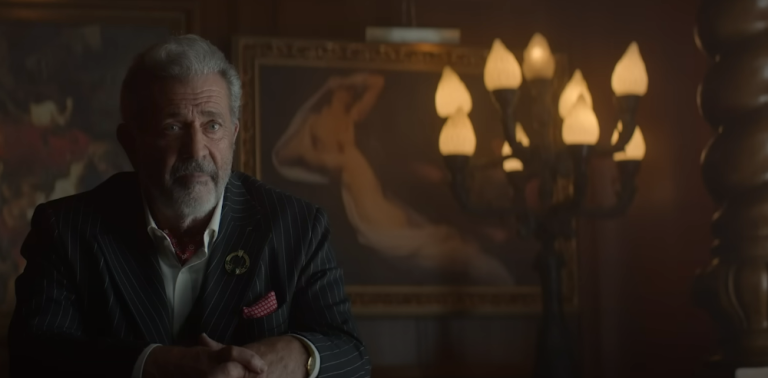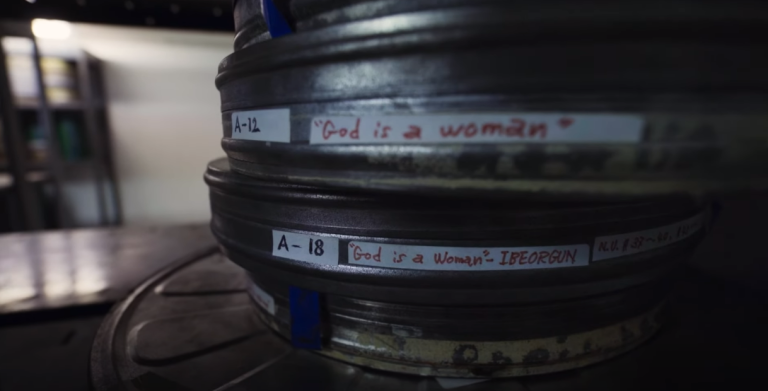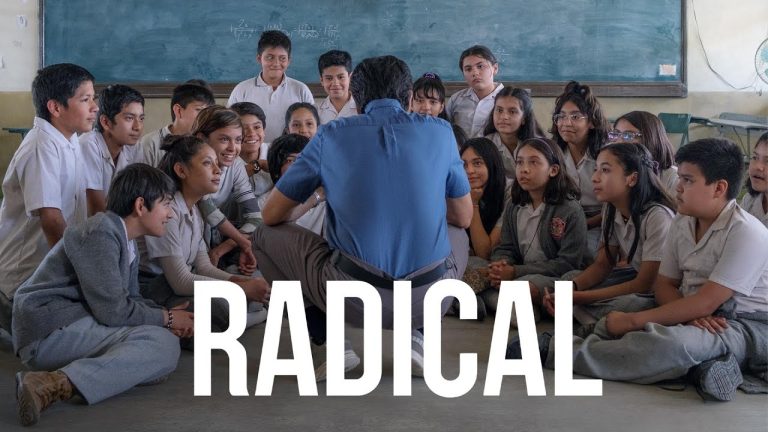
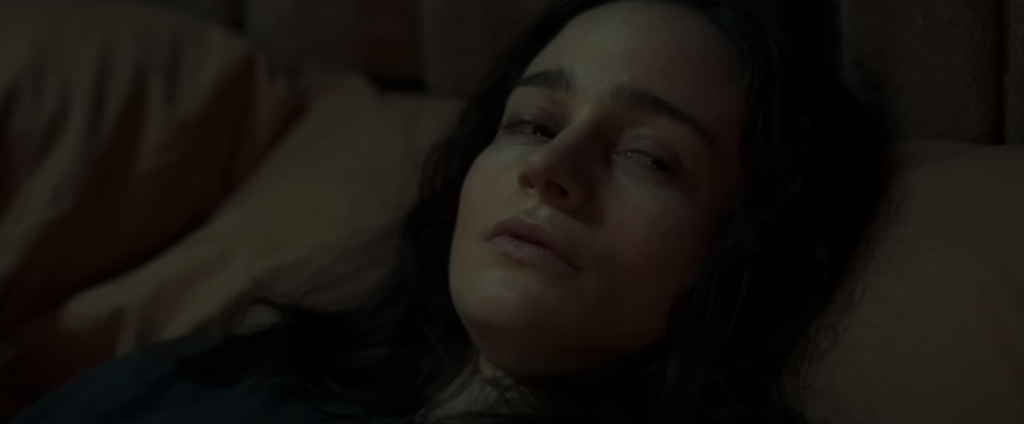
“Stopmotion,” Robert Morgan’s debut feature film, delves into the well-trodden horror trope of an artist consumed by their craft, descending into madness with gruesome outcomes. Unlike its predecessors, which explored various artistic pursuits, “Stopmotion” uniquely focuses on the meticulous process of stop-motion animation. Despite its promising premise, the film fails to meet expectations, delivering a tedious journey through genre clichés. However, amidst the mediocrity, Aisling Fransciosi’s performance shines, leaving audiences yearning for more depth from the rest of the film.
Fransciosi embodies Ella Blake, a gifted young woman skilled in stop-motion animation, who assists her mother, a respected figure in the field struggling with arthritis. Their collaboration is strained, with Ella feeling emotionally manipulated by her demanding mother. Despite her aspirations to pursue independent projects, Ella finds herself lacking direction. Following a tragic event, Ella, supported by her boyfriend Tom, relocates to an empty apartment to complete her mother’s final film and embark on her own creative journey for the first time.
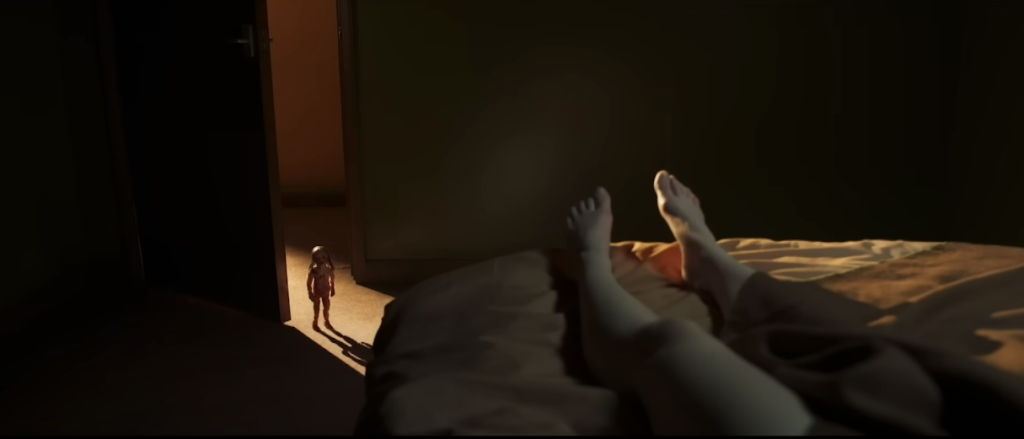
The arrival of a mysterious girl alters the course of Ella’s animation project, introducing a more compelling narrative involving a girl hunted by the menacing Ash Man. As Ella becomes increasingly obsessed with the project, she ventures into using unconventional materials such as raw meat and dead animals to craft her characters, blurring the boundaries between art and reality. Her immersion in her work leads to terrifying hallucinations and a gradual detachment from reality, illustrating the notion that artists embed themselves within their creations, taken to an unsettling extreme by Ella.
Morgan, himself a stop-motion animator, brings captivating yet disturbing sequences to “Stopmotion,” which captivate attention while evoking discomfort as the story unfolds. Regrettably, the narrative, co-crafted by Morgan and Robin King, feels like a recycled iteration of the troubled artist trope, echoing elements of films like “Repulsion.” The film follows a predictable trajectory of an artist’s descent into madness, lacking surprises or shocks for viewers. Character development, especially of Ella, feels shallow, with her manipulation reminiscent of her mother’s tactics. The film’s exploration of psychological themes remains superficial, epitomized by a character’s observation that Ella is akin to a puppet controlled by external forces.
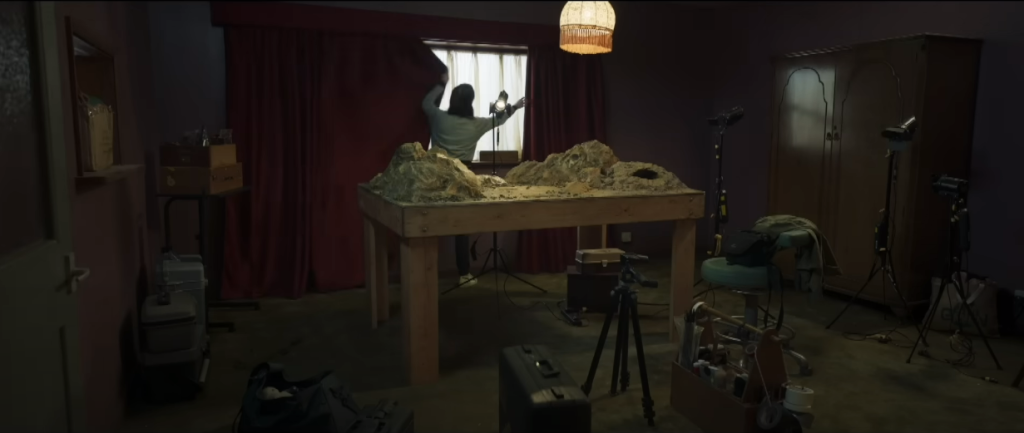
Despite the screenplay’s shortcomings, Fransciosi’s compelling performance enables viewers to empathize with Ella to some extent. Known for her impactful roles in films such as “The Nightingale,” Fransciosi infuses Ella with intensity and depth, transcending the script’s limitations. Although unable to fully overcome the screenplay’s flaws, Fransciosi’s dedication to her role shines through, highlighting her investment in character development, a facet seemingly neglected by the screenwriters.
“Stopmotion” aspires to be a surreal odyssey into madness but ultimately falls short, relying excessively on shock value and tired tropes. While Morgan excels at crafting disturbing visuals, the film struggles to integrate them into a cohesive narrative. Despite Fransciosi’s standout performance, the movie feels like a disjointed collection of graphic scenes rather than a compelling story. While enthusiasts of gore and stop-motion animation may find aspects to appreciate, those seeking a profound, emotionally resonant experience may find themselves underwhelmed.
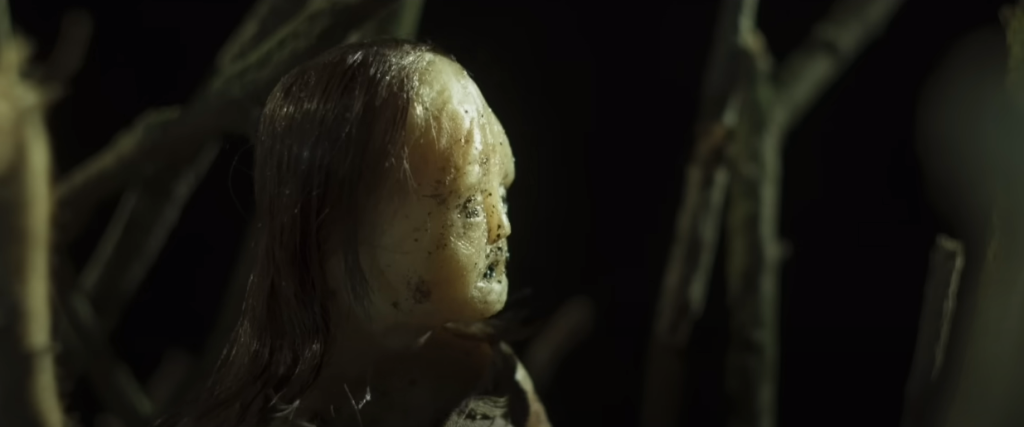
| Aspect | Description |
|---|---|
| Premise | A horror film exploring the trope of an artist descending into madness through the meticulous process of stop-motion animation. |
| Strengths | Aisling Fransciosi’s compelling performance as Ella Blake, the protagonist. Captivating yet unsettling stop-motion animation sequences by Robert Morgan. |
| Weaknesses | Lack of depth in character development, particularly for Ella. Overreliance on genre clichés and familiar tropes. |
| Plot | Ella, a skilled stop-motion animator, assists her mother in completing her final film. Tragedy strikes, leading Ella to embark on her own creative journey. |
| Themes | Exploration of the blurring lines between art and reality, descent into madness, and the concept of artists embedding themselves within their creations. |
| Reception | Mixed reviews, with praise for Fransciosi’s performance and the stop-motion animation but criticism for the shallow narrative and lack of surprises. |

